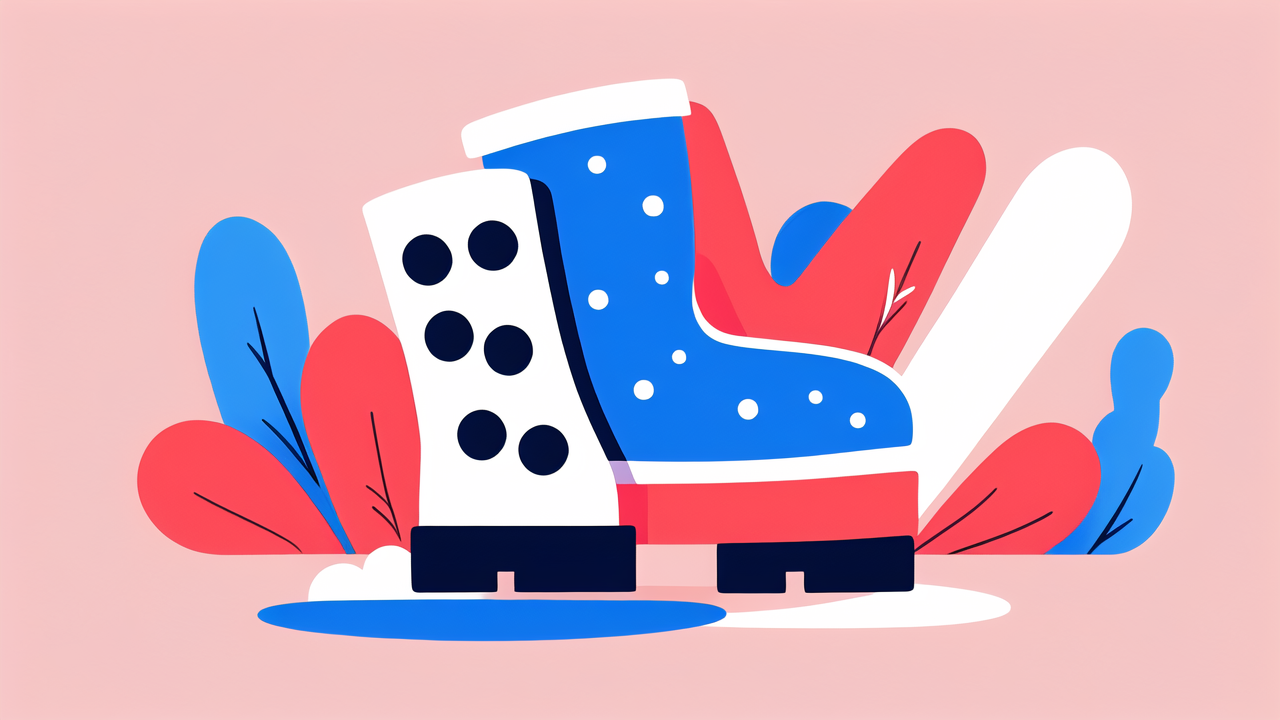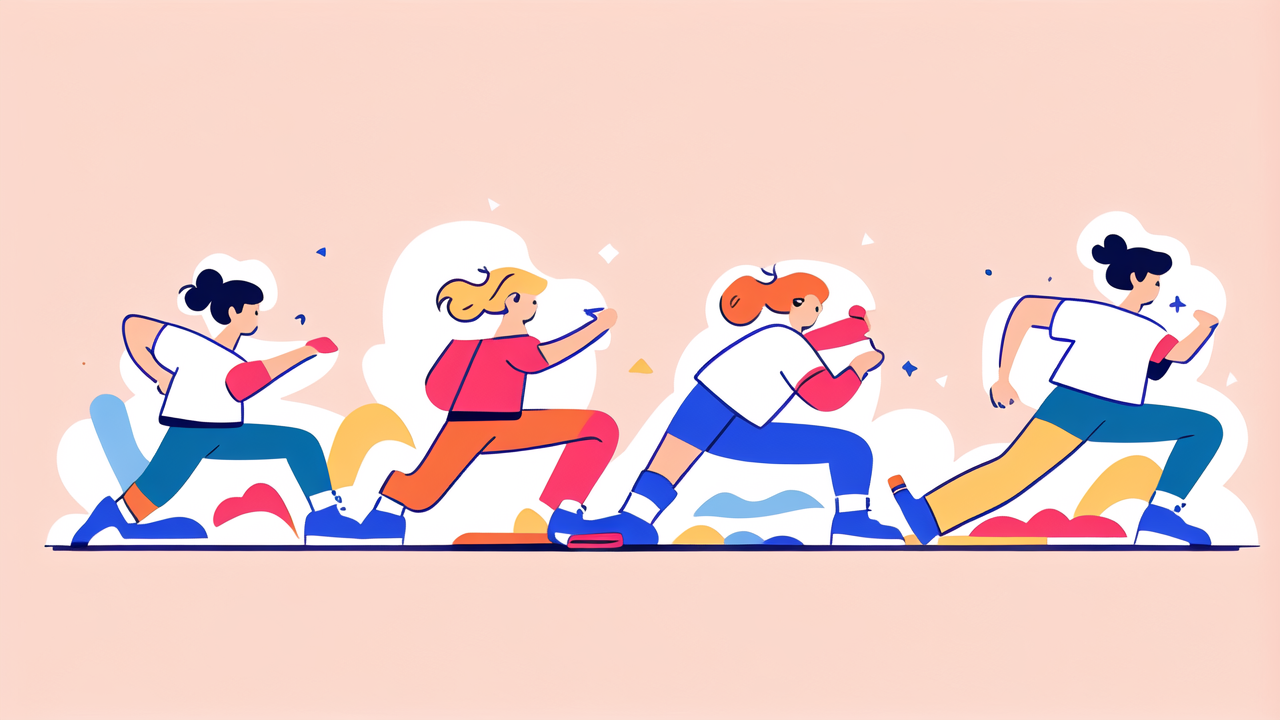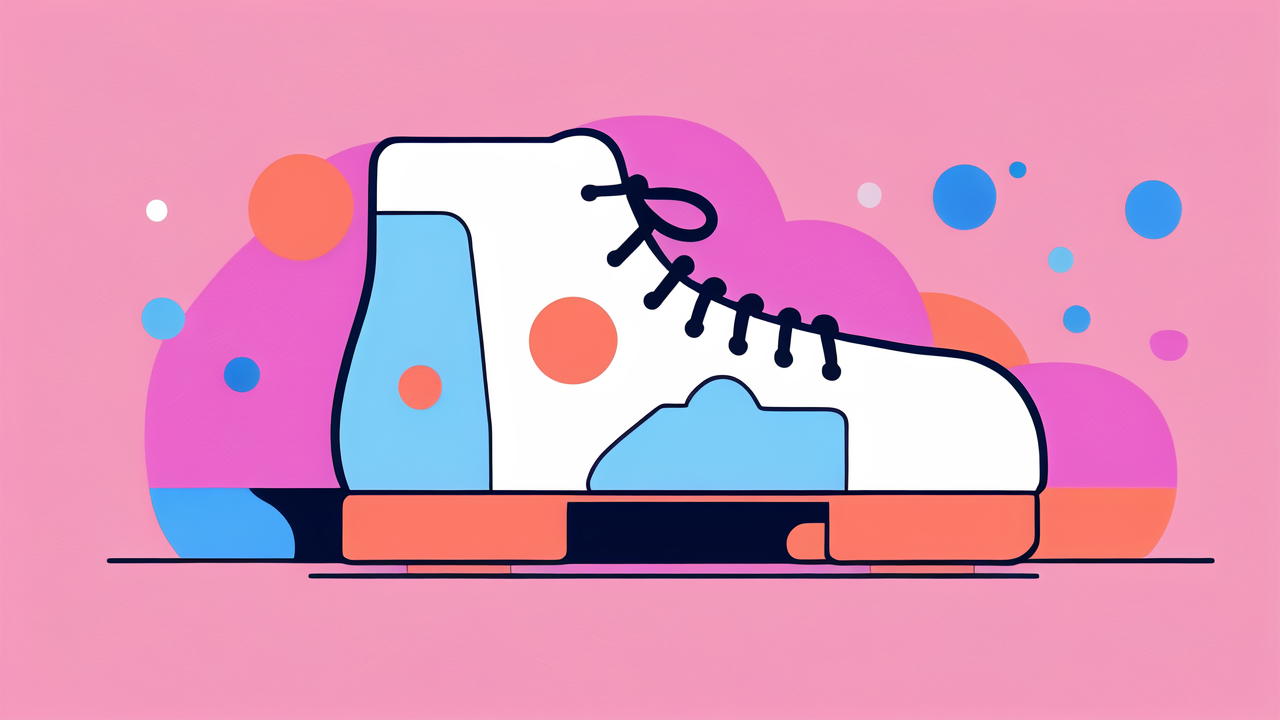Unlike off-the-shelf shoes, your pair is being made from scratch, exclusively for you. This artisanal process takes time and careful attention to detail. Our current lead time is approximately 4-6 weeks from your order date.
Here’s a peek into what goes into your shoes:
1. Sourcing & Cutting: We hand-select and cut the premium leather you chose.
2. Lasting & Welting: Our shoemakers build the shoe around your unique last (this is the core of our craftsmanship!).
3. Sole Attachment & Finishing: The sole is meticulously attached, and the final polish brings out the leather's beauty.
The Triboots Promise: Quality Guaranteed
We stand behind the quality of our craftsmanship and materials. If you experience any manufacturing defects within two years, we will recraft your shoes for you, free of charge. This is our commitment to ensuring your Triboots last for years to come.
Our Policy - Made Just for You
Because we begin sourcing materials and allocating our artisans' time specifically for your order immediately after you purchase, all sales are final, and we cannot accept cancellations or refunds once production has begun. This allows us to maintain the highest quality and integrity of our craft.
Thank you again for your trust and patience. We can't wait for you to experience the Triboots difference.






